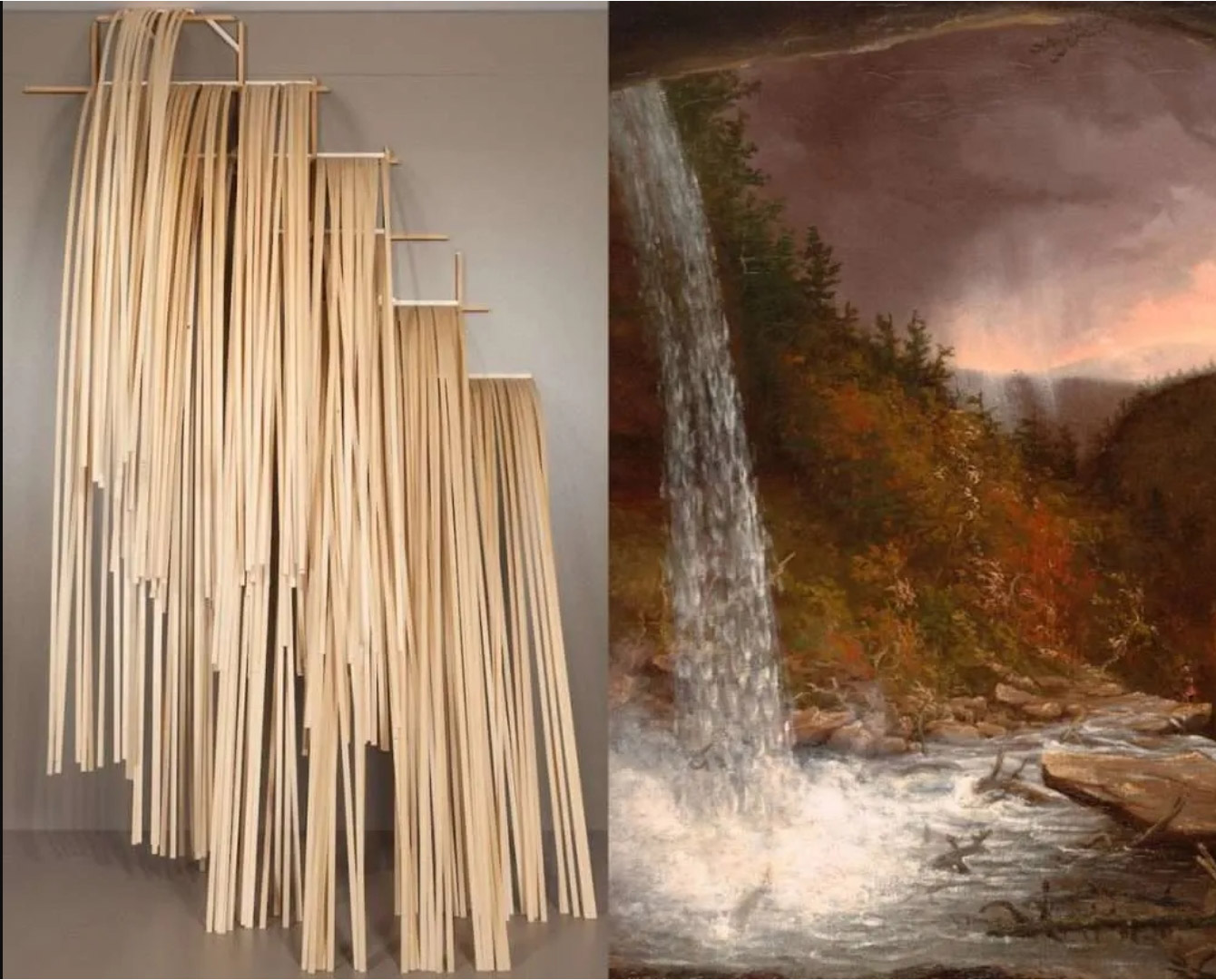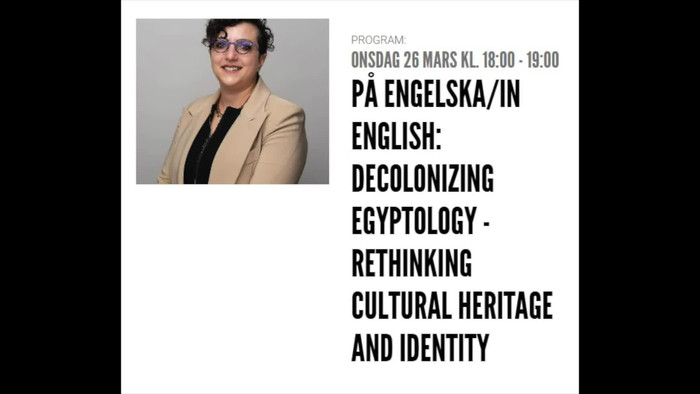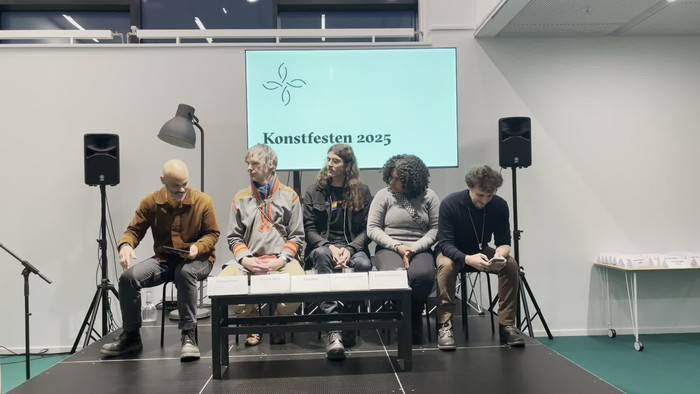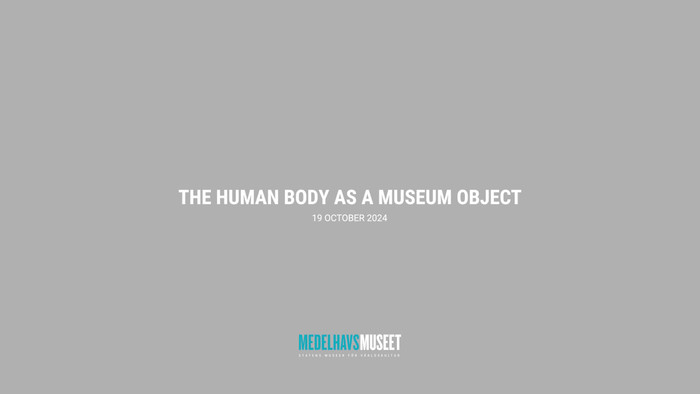18 june 2025: Reclaiming spaces
 Illustration: Left, Truman T. Lowe (Ho-Chunk), “Waterfall VIII,” 2011 (Denver Art Museum); and Thomas Cole, “Kaaterskill Falls” (detail), 1826, (Wadsworth Atheneum Museum of Art)
Illustration: Left, Truman T. Lowe (Ho-Chunk), “Waterfall VIII,” 2011 (Denver Art Museum); and Thomas Cole, “Kaaterskill Falls” (detail), 1826, (Wadsworth Atheneum Museum of Art)
A lecture and panel discussion exploring the representation of Indigenous peoples in landscape art and the ways in which contemporary Native American artists reclaim the landscape and space, both literally and metaphorically.
In the lecture, Manning Stevens discussed how a recently opened exhibition highlights the ways in which settler landscape traditions have erased Native Americans from the landscape.
The lecture was followed by a panel discussion where the American Indigenous artist and craftsperson Lennard Harmond shared his experiences of “reclaiming space” through his artistic practice.
Participants
- Scott Manning Stevens, professor and director of the Native American and Indigenous Studies program at Syracuse University.
- Lennard Harmond, artist
- Mårten Snickare, professor of art history and director at Accelerator
- Franziska Bedorf, curator focusing on global issues, National Museums of World Culture
26 march 2025: Decolonizing Egyptology: Rethinking Cultural Heritage and Identity

A lecture with Dr. Monica Hanna, a researcher in Egyptology and cultural heritage. With a background in the preservation of archaeological sites and a strong commitment to decolonizing and democratizing the field, Monica Hanna discusses colonial practices within Egyptology and European museums. The lecture provides an opportunity to reflect on how these perspectives shape our understanding of heritage and identity, as well as how we can look forward to a more inclusive and equitable future for archaeology.
About Dr. Monica Hanna:
Dr. Hanna is an archaeologist and Egyptologist with extensive experience and the founding dean of the College of Archaeology and Cultural Heritage at the Arab Academy for Science and Technology in Aswan, Egypt. Her research focuses on decolonization and accessibility in archaeology and cultural heritage.
14 february 2025: Sharing the Burden? Artists and Museums’ Colonial Collections

Art Festival in Kiruna, February 14, 2025. Museums have been complicit in historical injustices against Indigenous peoples and colonized groups. Despite this, some artists choose to engage with colonial collections. Is it possible to collectively bear a colonial legacy? How can museums take responsibility for their part of the burden? What conditions are required for collaboration and care despite existing power hierarchies? What is at stake, and for whom? Through three artistic practices, the discussion explores different paths through these questions and speculates on possible futures.
Roundtable discussion with:
- Michael Barrett, anthropologist and curator
- Gliceriá Tupinambá, artist and activist
- d Harding, artist
- Benjamin Seroussi, curator
- Fredrik Prost, duojar and writer
7 february 2025: From Colonial Legacy to Socially Sustainable Societies

Photo: Per Bille
In Munktellstaden in Eskilstuna. The National Museums of World Culture discuss how the colonial legacy affects our present. Can art serve as a means to process colonial legacies and contribute to increased awareness?
Participants:
- Saadia Hussain, artist and art educator at Botkyrka Art Hall
- Giorgiana Zachia, curator and coordinator at the Swedish Arts Council
- Mårten Snickare, professor of art history and director at Accelerator
Moderator: Michael Barrett, curator for African collections at the National Museums of World Culture
19 october 2024: The human budy as a museum object

A discussion at the Museum of Mediterranean and Near Eastern Antiquities about perspectives on human remains and people as museum objects. The panel discussion was conducted entirely in English.
Panel participants:
- Sara Sallam, Egyptian artist
- Linda Andersson Burnett, researcher and historian of ideas
- Sofia Häggman, Egyptologist and curator at the Museum of Mediterranean and Near Eastern Antiquities
Moderator: Didem Yıldırım, project manager at the National Museums of World Culture